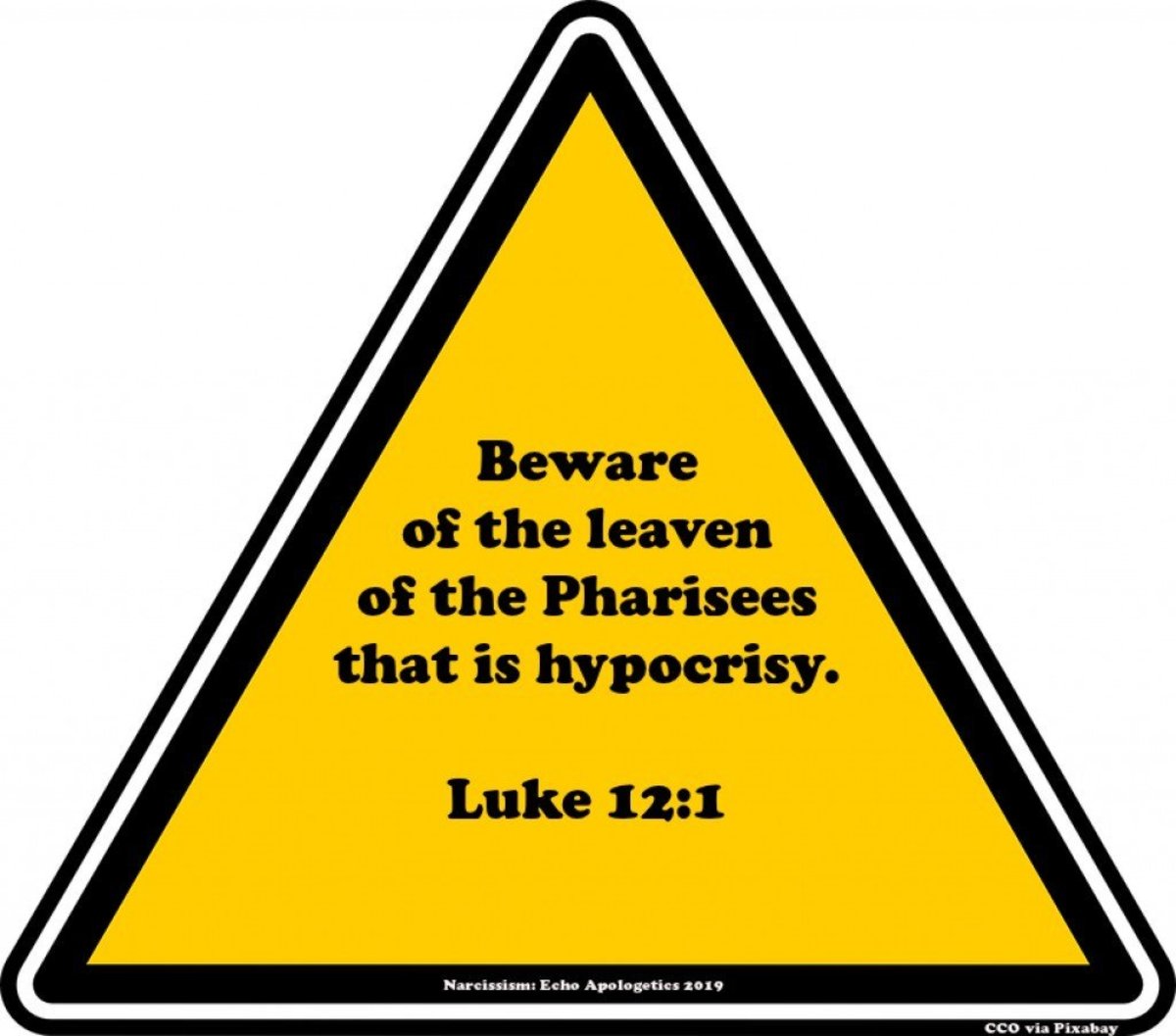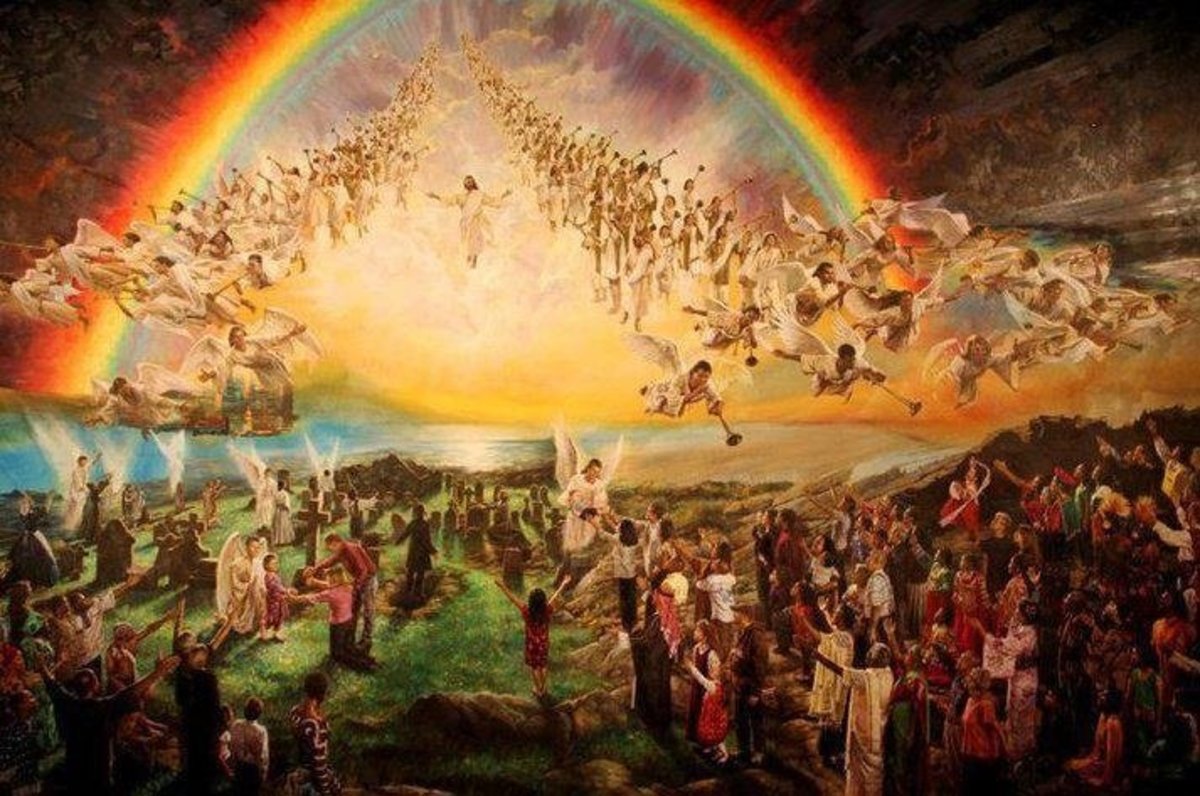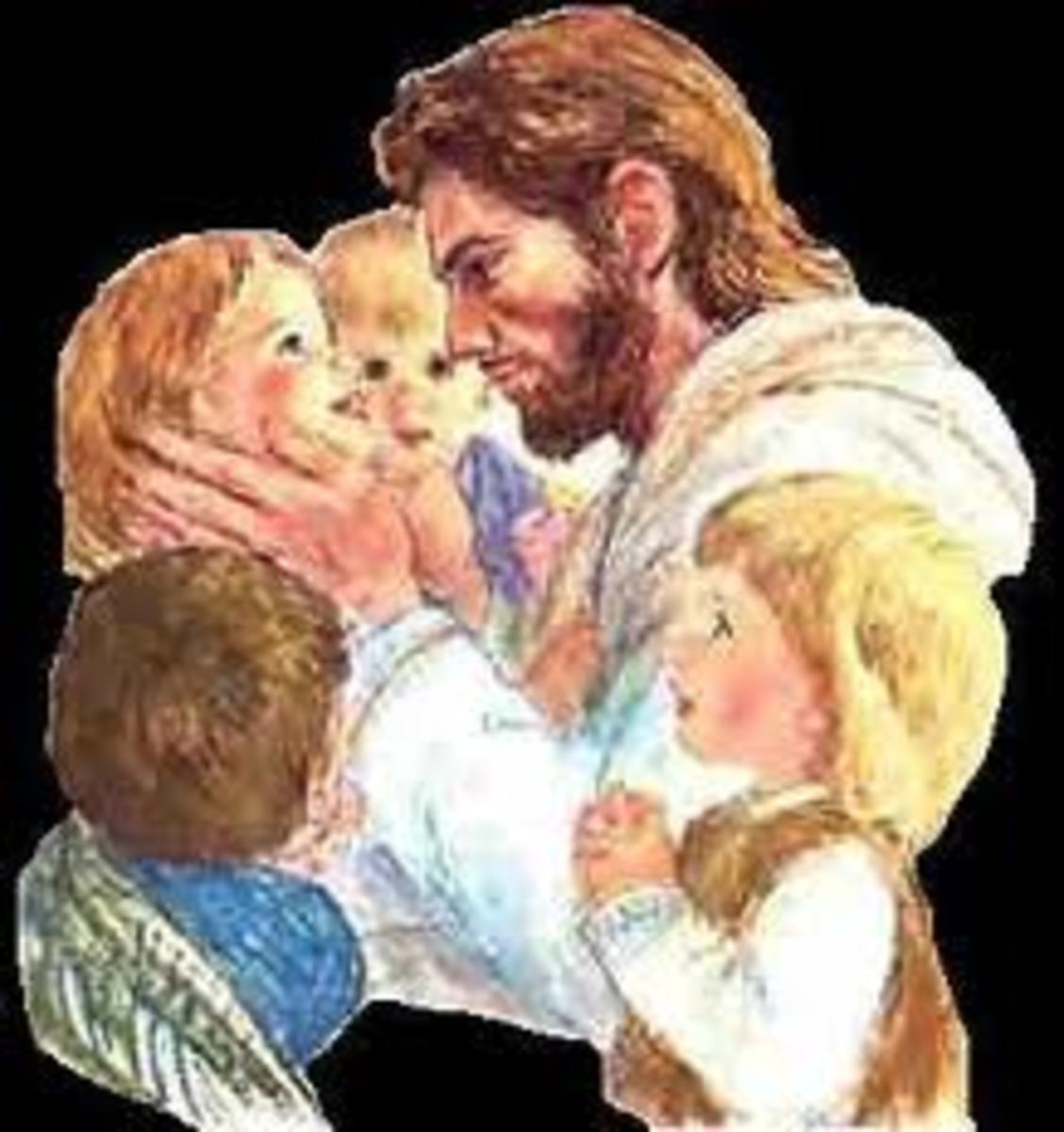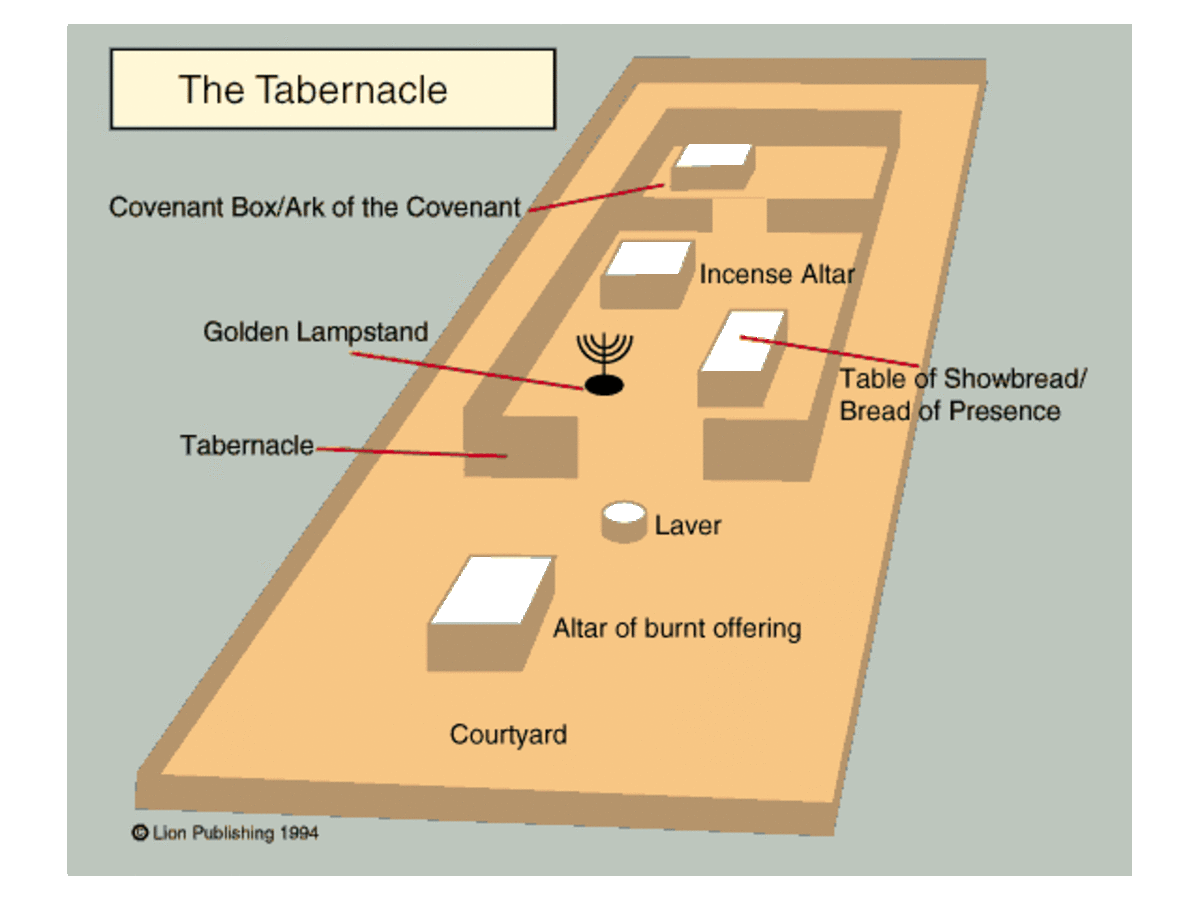Called To Be “On Mission” for Christ’s Church

Introduction
In Jesus’ parable of the leaven found in Matthew thirteen verse thirty-three, the author of Matthew records, “He told them another parable: ‘The kingdom of heaven is like yeast that a woman took and mixed with three measures of flour until all the dough had risen’”.[1] Jesus conveys to His audience that the Kingdom of Heaven permeates every aspect of Christ’s church, and this permeation results in an all-encompassing drive for the church to go “On Mission” and spread the gospel of Christ to a lost and dying world. The author of Matthew records Jesus’ parable likening the Kingdom of Heaven to a small amount of leaven, or also called yeast, in a large amount of flour. Jesus’ point is that while the church of Christ may be numerically small, it can, should, and will have an enormous impact in and on the world in which we live. This life change that believers experience within the church results in a willingness and desire to share the salvation offered by Jesus Christ to the world. The church does not operate from a sense of guilt or some feeling of a works based “I have to”, but as a result of Jesus’ abiding grace yielding a “want to” and “get to” mentality in the hearts of the church’s members. Jesus’ point seems clear that it does not take much leaven to affect an entire loaf of bread, and while the church’s numbers might pale in comparison with the population of the world, there is no greater change agent than the church of Jesus Christ. At the fullness of time that permeation will be experienced the world over.[2]
Literary Context
Micro
The immediate context that surrounds this sermon marks a crucial change in the way Jesus taught. After the events in Matthew chapters eleven and twelve and the opposition to His teaching began to appear, Jesus no longer taught at synagogues, and almost exclusively taught crowds out in the rural areas,[3] where He began to teach using parables. The author of Matthew begins chapter thirteen with a crowd following Jesus down to the sea shore. Jesus then boarded a boat to separate Himself from the crowd. In the boat, the people could see and hear Him while He taught in these parables, thus Matthew shows Jesus fulfilling another Old Testament prophecy.[4] This kind of Old Testament reference was normal for Matthew, given the author’s penchant for typology,[5] showing Christ as the fulfillment of many different and seemingly non-related but known Old Testament prophecies or statements. The direct context within this chapter of Matthew could be called “Jesus’ Facebook sermon” because Jesus spends a lot of time “liking” things. While he is teaching important ideas, he is using plain words and graphical illustrations, so those truly seeking answers would find them in Jesus’ words. We find in the verses that follow this parable that Jesus’ teaching in parables preserve truth and enlighten those who seek it. Parables with very similar meanings were placed together as well. By Jesus placing the parable of the mustard seed and the yeast together, Jesus was communicating a theme common in these verses and also within the larger context of Matthew of “Already – Not Yet” or that the Kingdom of God is already here, but it is not yet in its fulfillment. While the Kingdom of God might be perceived as small and seemingly insignificant, (as evidenced by the mustard seed and the small amount of yeast) there will be a time soon that the effect of it is undeniable.[6]
Macro
The larger context of this passage is found in the entire gospel of Matthew, in which its three theological aims[7] fit neatly with this parable. Addressing Matthew’s theological aim that Jesus fulfills all the Old Testament prophecies, here Jesus exemplified the fulfillment of the church’s mission with His life. Addressing the theological aim that Jesus teaches on the Kingdom of Heaven, the parable is, by Jesus’ own words, explaining a mystery of the Kingdom of Heaven. Finally, writing about Jesus’ mission for the disciples, the intent of this parable is to show that the church is to infiltrate the culture and grow to a point where it encompasses the entire world. First century Jews were spiritually a closed society. Heritage was everything, and outsiders were not welcome as a part of their spiritual lives without a lot of ritual ceremonies and actions.[8] The New Testament church challenged all of that, opening the doors to a whole new world of people hungry for the message of Jesus’ salvation. This parable is also located in Matthew which is the first canonized book of the New Testament, and while it keeps with the Theological aims of the book, it also falls into the overall intent of Jesus’ New Testament message and His command of going to Jerusalem, Judea, Samaria and the uttermost, spreading His gospel.[9]
Lexical Considerations
There are multiple words or phrases in this parable that are important within their lexical considerations. Certainly a major theological goal of the author of Matthew is to address Jesus’ explanation of the Kingdom of Heaven, and in this parable Jesus explicitly compares the Kingdom of Heaven with something the audience would be very familiar. It is important to note that Matthew uses the Kingdom of Heaven thirty-two times in his gospel, but the Kingdom of God only four, whereas the other gospel writers, Mark, Luke, and John, only use Kingdom of God. It is possible that Matthew corrected the word due to how the Jews would use the word for “God” in the first century, or it is also possible that the other gospel writers changed their phrasing to be more suited to a Gentile audience.[10] With either word choice however, the intent of the message would have been conveyed that this parable was speaking of God’s Kingdom. To further understand this word, the twenty-first century reader must understand that Jesus was not speaking of, nor was the author writing of, a physical location of a kingdom, (although certainly the Kingdom of Heaven has dominion over all of creation) but rather God’s activity in ruling and the actual embodiment of God’s Kingdom.[11]
Another phrase used in the parable is three measures or in the Greek, three saton (saton). Different current editions of the Bible translate this word quite differently. The New International Version translates it pounds, the New American Standard Bible translates it pecks and the Weymouth New Testament translates it bushels. Different Bible versions even translate the computation differently, as the New International Version translates it as sixty pounds, the Holman Christian Standard Bible translates it as fifty pounds, and the God’s Word translation translates it as just a large amount.[12] The interpretation of this should be in the context of a first century reader, where the understanding is not so much an exact amount, but this amount was huge and understood in the first century to be the maximum a woman could knead at one time.[13]
The King James translation records Jesus saying that the woman took and hid the leaven in the flour.[14] This is the theological anchor of this entire parable, and is the deciding factor in the parable’s kingdom point. The gospel of Jesus Christ is called to be set apart from the world and not conformed by it,[15] but we, along with the first century church, also are called to live in the world so that we can share the gospel of Jesus Christ with it. Paul’s letter to the church at Corinth states that we are to be a slave to all so that we can win more to Jesus.[16] The yeast does not work unless it is incorporated into the flour. Set apart, the yeast sits and goes bad, and bad yeast is good for nothing, and it has a horrible smell. Once introduced into flour, however, an amazing transformation happens and the bread that results has a wonderful aroma and is a pleasure to eat. The body of Christ, His church, is commanded to go out to the world and spread the message of Jesus Christ’s salvation. We are set apart, we must not conform to the world, but Jesus’ words recorded later in Matthew’s gospel are clear that we must go out to the world and make disciples.[17] In the Interpreter’s Bible, George Buttrick explains this clearly in his exposition for the same parable recorded in Luke, “The Kingdom works by contagion in day-by-day friendship. No handclasp is in vain; no word of witness fails of its purpose. Not always can the revolution be seen, but it moves on its course. It is irresistible. It gives lightness and wholeness to the world – till the whole is leavened.”[18]
Stock Imagery
Jesus uses imagery in this parable that would be very familiar to the first century hearer. Primarily, this parable centers on leaven or yeast. The first century hearer would have been personally familiar with yeast as it was required to make the normal bread they ate, so the image of a lump of old leavened dough next to the new and pure flour was one the first century hearer would be familiar with, from their own houses and kitchens. When Jesus used yeast as a parallel to the Kingdom of God, the hearer would certainly understand the image. In modern Bible studies, a lot of emphasis is on unleavened bread, giving a false understanding that this was all that was eaten. The first century Hebrew however, would not always eat unleavened bread, saving that for consumption only when required during certain festivals.[19]
Jesus also uses a woman in his parable as the one doing the work. This might be one of the more plain stock images, because since Adam, humans are familiar with the two different biological genders. The importance of the woman as a stock image, however, is taken from the historical critical context. At this time, Roman cities included businesses that sold bread and had bakeries, but people that lived in the rural areas still made their own bread within their own kitchens. In this parable, Jesus could have used a baker or business as the preparer of the bread, but instead He chose to use a rural Galilean woman.[20] The importance of Jesus’ choice of bread preparer is important in that the hearer would need this image of the bread being kneaded by a specific individual for the meaning of the parable to be properly understood.
Unexpected Features
Given that the first century hearer would be very familiar with earlier and current Christian writings, hearing that the Kingdom of Heaven was like leaven would have been a surprising parallel for Jesus to make. Elsewhere in scripture, when leaven is used as an illustration, it is always used in a negative connotation, paralleling evil.[21] The original audience would be familiar with the Old Testament writings concerning yeast. The first century Hebrew would also know the connotation with yeast and the Passover. The Law had required them to prepare unleavened bread, or bread without yeast in it, prior to their escape from Egypt after their slavery and the Passover.[22] They would thereafter observe the “Feast of Unleavened Bread” annually celebrating their exodus from Egypt.[23] Leaven would also have a bad connotation in an illustration, as fermentation was regarded as corruption.[24] In his letter to the church at Corinth, the apostle Paul would correlate leaven as the pervasiveness of evil, and he stated that malice and evil are leaven that needs to be replaced.[25] Jesus himself even used leaven in a negative connotation while He was speaking of the yeast of the Pharisees and Sadducees[26] and to be on guard against them.[27]
The use of three measures might have also been a bit surprising. Different Bible translations compute this amount differently, but no matter the formula you are using for the translation, the result is a lot of dough to knead. It was the maximum that a woman could make at one time, so this was a lot of bread. Three measures is fairly close to 60 pounds or 1 bushel, but to extrapolate the amount in the historical critical method, it is an amount that would feed about one hundred people,[28] so the image of a lump of dough that big would certainly be important and something they would not see regularly.
Potential Over-Interpreted Elements
Certain elements in this parable have the possibility to be over-interpreted. Certainly yeast is of primary concern for over-interpretation, because it is used frequently in the Bible. Elsewhere in the Bible, yeast has a negative connotation, and this parable hinges on the reader’s interpretation of what the yeast is meant to represent. The reader’s interpretation of yeast anchors the remaining symbols in the parable. The twenty-first century reader might suppose that because yeast is usually negative when used in scripture, its use here must also be negative. The reader may then begin to try and figure some way that yeast, as evil or with a negative connotation, could fit within this parable. A reader could assume that because their assumption that yeast is bad, that bad company can corrupt good morals as stated in Paul’s letter to Corinth.[29] One could also assume that because yeast is usually used to stand for evil, that the church is being warned of false teachers or wrong teaching, because a little amount of yeast in the dough will completely invade every aspect of it. In these cases, it is important to not over-interpret Jesus’ very clear words and the context of this sermon.
One must also be wary of over-interpreting numbers in any parable, for they may be significant or they may merely be an example of something large or small. The original Greek actually does record Jesus as saying treiV or the number three. Three measures is the amount that Jesus used in his parable, but where the intent of his words were to show a large quantity, other have taken this to mean many different things that don’t seem consistent with the parable. One over-interpretation takes the number three and applies it to other sets of three in the Bible, and from there force some out-of-place interpretation on the rest of the parable. These interpretations indicate that the number three represents the three parts of the human nature, spirit, body and soul, referenced in First Thessalonians.[30] Another idea is that three represents Noah’s three sons, Ham, Shem, and Japheth, who settled the earth after the flood.[31] Yet another claim is that three represents the law, the prophets, and the writings, and further still some claim that this references when Sarah made three measures of bread for certain guests.[32] It is important to remember, however, that this is included in a parable that Jesus told. It was not in an allegory, so additional meaning should not be applied where none was intended.[33]
Synoptic Context
This parable is also record in Luke’s gospel,[34] but it is not included in Mark or John. In both Matthew and Luke, this parable of the leaven follows the parable of the mustard seed, and the verbiage used in both is almost identical, lending us to assume the source for this parable must have been found in Q, since it is not included in Mark,[35] which is arguably understood to hold priority. While the parable itself is uniform in both gospels, the parable’s introductions are different. The introduction in Matthew is a statement, where in Luke, it is a rhetorical question. In Matthew, the author informs the audience that “He spoke another parable to them”[36] but in Luke’s gospel, the author begins by recording Jesus asking a rhetorical question “To what shall I compare the kingdom of God?”[37] This one difference is subtle, but there nonetheless.
Other Interpretations
Other interpretations abound with this one parable. Some commentators insist that because yeast is used exclusively elsewhere in the Bible as an allegory for sin or evil, then we must apply that to the understanding of this parable as well. This view seems to be the exception rather than the rule, but nevertheless there are those who take a hard line on this point. This view is held in the commentary by J. Vernon McGee, stating emphatically that “Symbolism in scripture does not contradict itself”[38] and so the leaven must represent evil. He goes on to state that when a woman is used in Biblical doctrinal illustration, she is always portrayed in an evil or corrupt sense.[39] McGee further states that the interpretation of this parable is that when the evil woman (the world) puts the leaven (evil) in with the good flour (the church), apostasy grows until the church is infiltrated by corruption. His final point is that this parable points to the end time and upon Jesus’ return the world will be in a total heretical state.[40]
Some commentaries indicate that the flour is the church and the leaven represents unbelievers who are infiltrating the church. We see this in a more explicit context in the previous parable of the wheat and tares that Jesus shared earlier in Matthew.[41] My mother taught this another way, saying that “you cannot drive a clean car down a dirty road and expect the car to get clean”. This is another way of saying that the subtle influence of small sins can be detrimental to one’s Christian walk.[42]
There are also others who argue different meanings of the parable as well. Some argue that the leaven is the Holy Spirit, the flour is the believer, and the woman is God. When the Holy Spirit indwells the believer, God working through the Holy Spirit’s presence will result in a total transformation of that person, and He will infiltrate every aspect of the believer’s life. While this is a true statement, boxing in this interpretation under the heading of the Kingdom of Heaven would seem to be a stretch.[43]
Another commentary states that the interpretation of this parable is in light of the parable placed before it in Matthew and Luke, in that while this parable of the leaven speaks of the inward growth of God’s Kingdom, the previous parable of the mustard seed is concerned with the outward growth of the Kingdom.[44] Jesus does not exegete this parable for us, but that may be because the disciples did not ask him later for clarification, so He may not have felt the need. It is up to the twenty-first century reader to gain the original intent of the parable, in the same way his disciples did in the first century.
Conclusion
Jesus’ parable of the leaven is a clear call to missions, both local and global. To complete the mission He gave to His church,[45] we must permeate the world in every area, as a divinely empowered force effecting world change,[46] and we should do all we can to prepare the world for His return. It is beautiful though to see that before he gave His command to “Go” at His ascension,[47] Jesus showed His small group of disciples that His message would spread around the world by giving them a real world and concrete example. He showed them how something as small as leaven in flour could change its surroundings, and as such a small group of twelve men would initiate the spread of the message of Jesus’ salvation for which the world was waiting. Jesus is showing that the church works its way throughout the culture, by its people living within it. Even though the church’s numbers are not statistically significant in relation to the world’s population, the message of the gospel is pervasive and reaches into every corner of the globe. It seems clear that the disciples understood this parable, because while they asked Jesus to clarify other parables, they did not ask Him to return to this one. If leaven was not put in flour, dough will not rise and the bread will be unleavened. Certainly we can see Jesus was giving us an example that, however small and humble the church’s beginnings were, the presence of the gospel being placed in the world has a clear and immediate effect to that in which it is placed. We cannot sit idly by and let the leaven of our salvation be hidden within us. God’s very divine plan was for us to enter the world and go “On Mission” to spread His Gospel throughout the world until it is thoroughly introduced to every nation, tribe and tongue.[48]
[1] Matthew 13:33 (New American Standard Bible)
[2] Gary M. Burge and Andrew E. Hill, eds., The Baker Illustrated Bible Commentary (Grand Rapids, Mich.: Baker Books, ©2012), 980.
[3] Bible Study Fellowship, The Parables of Matthew 13 - Part One: 1. A Critical Turning Point (San Antonio, TX: Bible Study Fellowship, 2013), 1.
[4] Psalm 78:2
[5] Channing Crisler, “Chr502_lecture4” (MP4 of lecture 4--Intro to Synoptics & Mark, Anderson, SC, 2015), accessed September 2, 2015,http://aumedia.andersonuniversity.edu/MoM/CHR502_Lecture4.mp4.
[6] Burge and Hill, eds., The Baker Illustrated Bible Commentary, 980.
[7] Channing Crisler, “Overview of the Synoptic Gospels” (PowerPoint of Literature & Theology in Mark, Matthew and Luke, Anderson, SC, 2015), accessed September 2, 2015, https://au.instructure.com/courses/3360/files/81052?module_item_id=129582.
[8] Exodus 12:48
[9] Acts 1:8
[10] Merrill C. Tenney, The Zondervan Encyclopedia of the Bible, rev., full-color ed. (Grand Rapids, Mich.: Zondervan, ©2009), 914.
[11] Tenney, The Zondervan Encyclopedia of the Bible, 914.
[12] Matthew 13:33 (God’s Word Translation)
[13] Craig S. Keener, The Ivp Bible Background Commentary: New Testament (Downers Grove, Ill.: InterVarsity Press, ©1993), 83.
[14] Matthew 13:33 (King James Version)
[15] Romans 12:2 (New American Standard Bible)
[16] 1 Corinthians 9:19-23 (New American Standard Bible)
[17] Matthew 28:19 (New American Standard Bible)
[18] The Interpreter's Bible: A Commentary in Twelve Volumes, vol. 7, General Articles On the New Testament - the Gospel According to St. Matthew - the Gospel According to St. Mark (New York: Abingdon Press, 1952), 418.
[19] Tenney, The Zondervan Encyclopedia of the Bible, 1014.
[20] Keener, The Ivp Bible Background Commentary: New Testament, 84.
[21] Clinton E. Arnold, Zondervan Illustrated Bible Backgrounds Commentary (Grand Rapids, Mich.: Zondervan, ©2002), 86.
[22] Exodus 12:14-20 (New American Standard Bible)
[23] Arnold, Zondervan Illustrated Bible Backgrounds Commentary, 86.
[24] Exodus 12:15-20 (New American Standard Bible)
[25] Tenney, The Zondervan Encyclopedia of the Bible, 1015.
[26] Matthew 16:6 (New American Standard Bible)
[27] Matthew 16:11
[28] Keener, The Ivp Bible Background Commentary: New Testament 84.
[29] 1 Corinthians 15:33 (New American Standard Bible)
[30] A R. Fausset, David Brown, and Robert Jamieson, Jamieson, Fausset and Brown's Commentary On the Whole Bible, Zondervan Classic Reference Series (Grand Rapids, Mich.: Zondervan Pub. House, ©1961), 927.
[31] Genesis 10:32 (New American Standard Bible)
[32] Genesis 18:6 (New American Standard Bible)
[33] The Interpreter's Bible: A Commentary in Twelve Volumes, vol. 8, The Gospel According to St. Luke - the Gospel According to St. John (New York: Abingdon Press, 1952), 245.
[34] Luke 13:20-21
[35] The Interpreter's Bible: vol. 8, 245.
[36] Matthew 13:33 (New American Standard Bible)
[37] Luke 13:20 (New American Standard Bible)
[38] J Vernon (John Vernon) McGee, Thru the Bible with J. Vernon Mcgee, vol. 4, Thru the Bible with J. Vernon Mcgee, Volume 4 (Nashville, TN: Thomas Nelson, Inc, 1981), 77.
[39] McGee, Thru the Bible, vol. 4, 77
[40] McGee, Thru the Bible, vol. 4, 77.
[41] Matthew 13:24-30 (New American Standard Bible)
[42] Bible Study Fellowship, The Parables of Matthew 13 - Part Two: 2. the Yeast - 13:33 (San Antonio, TX: Bible Study Fellowship, 2013), 2.
[43] Bible Study Fellowship, The Parables of Matthew, Part Two, 2.
[44] Fausset, Brown, and Jamieson, Commentary On the Whole Bible, 927.
[45] Matthew 28:19 (New American Standard Bible)
[46] The Interpreter's Bible, vol 7, 417.
[47] Matthew 28:19 (New American Standard Bible)
[48] Revelation 5:9 (New American Standard Bible)








